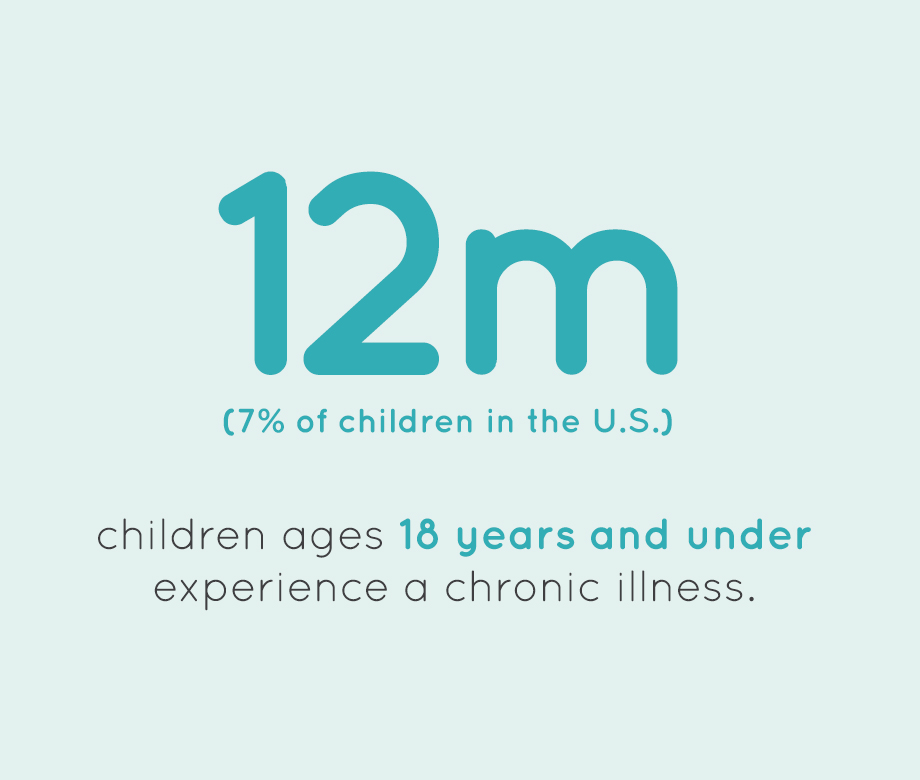Laura Chapin drew, erased and redrew a picture of a room in her house about ten times before she got it exactly as she wanted it. That was in kindergarten.
As a sixth grader, she filled out a self-evaluation form for a math class describing her performance. She wasn’t doing very well in the class, she wrote. She had an A average; another student had an A + average.
Graduating from fifth grade into middle school, she was awarded for having the second highest grade point average. Could have done better, she thought.
As Laura strived to be the first, best and brightest, she battled with a belief that she wasn’t loved, wasn’t good enough, smart enough or pretty enough. As a 12-year-old and early teen, she took refuge in the unfinished basement of her home. Even in the winter months, she came home from school and sat on the basement’s cool concrete floor, looking at those walls or the walls of her upstairs bedroom where she closed her eyes and forced herself to fall asleep. She’d wake up only to eat dinner and do homework before returning to sleep.
When she was 12 years old, Laura was diagnosed with depression, and then nearly a year later with Type 1 diabetes. No one in Laura’s immediate or extended family has Type I diabetes, a predominantly inherited disease. The only one of her relatives with diabetes is an aunt, and she has Type 2 diabetes.
“I felt like I had done something wrong .... that God was punishing me.”

The diabetes diagnosis fueled Laura’s unrelenting depression and made her feel even more like an outsider. With the diabetes diagnosis came insulin shots, and the embarrassment of having to leave a class ten minutes early to go check her insulin levels and give herself shots in the nurse’s office.
At school, Laura spoke only if a teacher asked her a question, saying nothing in the cafeteria while classmates at her lunch table talked about homework and boys, nothing in the hallways as she walked to classes, nothing during gym or other classes. On occasion, at home, she cut her wrists with scissors, not deep enough to cause a lot of bleeding, but deep enough to etch a scar on her wrist, an outward sign of her inner struggle. She attempted suicide once, and planned suicide a handful of times, keeping an old jump rope nearby.
In recent years, Laura, 16, has been in counseling and attended diabetes summer camps, both of which have allowed her the confidence this school year to be more outgoing, less embarrassed about diabetes and less bent on perfection.
“I know that she feels like it’s been a long road and she has a long way to go but I can see how far she’s come,’’ said Laura’s mother, Carol. “For a long time it seemed like she was very angry. She didn’t smile. She didn’t interact. She didn’t have interests in many things.”
Now her interests are varied and not so typical for a teenager. Japanese animation. Home improvement shows. The xylophone.
When self-defeating thoughts return, Laura is learning ways to fend them off by seeking out what she loves: petting her cat, going on a drive with her mother or writing in her online anonymous blog, which often draws a reader who can empathize.
Are you or someone you know in need of help?
View Community Resources